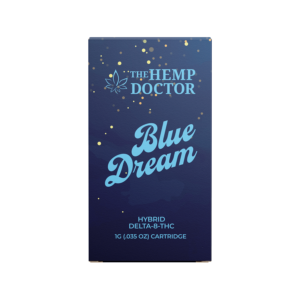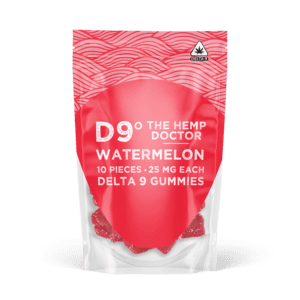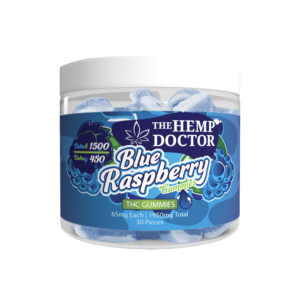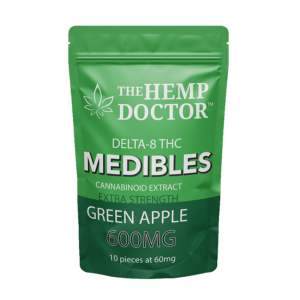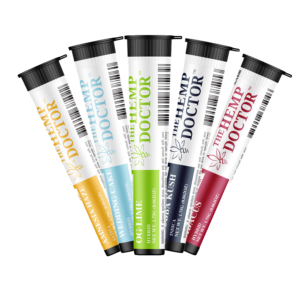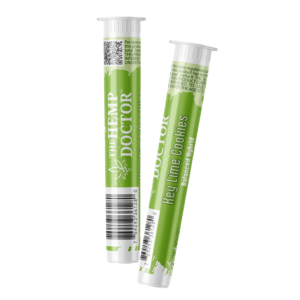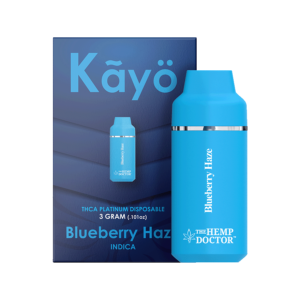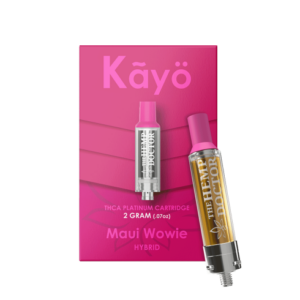It takes cutting-edge technology to create the hemp products that arrive on your store shelves. Extraction is one of the most important steps in creating hemp products that are flavorful and intense. The complexity of this step can be surprising.
The cannabinoid extraction process is highly complex due to the variety of cannabinoids, terpenes, and other compounds present in hemp plants. It takes many different techniques to isolate and extract these compounds for the right products. This guide will help you understand more about the science and technology involved. First, you’ll learn what extraction is meant to do. Then, you’ll learn about a series of cannabinoid extraction methods and how they make modern cannabinoid products possible.
What Is the Goal of Cannabinoid Extraction?
The goal of cannabinoid extraction is to protect the most desirable compounds from the hemp plant while excluding unwanted materials like chlorophyll and other biomass.
There may be more desirable compounds worth protecting than you think. The proper extraction methods can protect—
Various Cannabinoids: There are hundreds of different cannabinoids. THC and CBD are easily the most popular, but CBG, CBC, and CBN are just a few more that can be extracted when you’re aiming to create full-spectrum products. Modern extraction methods, like those you’ll learn about soon, can be used to protect all these cannabinoids.
Terpenes: These are aromatic compounds found in cannabis and many other plants. They are responsible for the citrusy, piney, skunky, or earthy odors hemp and cannabis flowers and their buds produce. Some extraction methods can preserve terpenes, contributing to the therapeutic effects and authentic cannabis bud flavor.
Flavonoids: These compounds provide pigment and flavor to hemp and cannabis plants (and many other plants worldwide). Common cannabis flavonoids, like cannaflavins, have been shown to have antioxidant and neuroprotective properties. Extraction is also used to ensure the end product is safe for consumption. It’s essential to ensure that the final product is free from solvents, pesticides, and other contaminants. Testing in labs using techniques like gas chromatography or mass spectrometry can verify the purity and potency of the extract.
What Extraction Techniques Are Used for Hemp?
One of many different cannabinoid extraction methods may be used on the products that arrive at your store. Many of the same methods are used for cannabinoid extraction and cannabis products. We may choose one process over another based on the needs of the final product (for example, products with 0.03% THC versus products that are 0.00% THC).
Most of the methods you’ll learn about below are in use because of how the Solubility Principle applies to hemp extraction. This principle refers to the maximum quantity of a substance that can be dissolved in a given amount of solvent.
It matters because cannabinoids are lipophilic, meaning they dissolve well in fats and certain solvents but not in water. This property is exploited in most hemp extraction methods and extraction systems.
Let’s start by looking at solvent extraction.
Solvent-Based cannabinoid Extraction
This is one of the most common methods. It’s also called leaching or solid-liquid extraction.
First, solvents like ethanol, butane, or propane are used to dissolve the cannabinoids. After the extraction is complete, the solvent is evaporated, leaving behind a cannabinoid-rich oil ideal for use in concentrates like vapes, topicals, and rosin.
There’s a risk of residual solvents when using this form of hem extraction if they are not properly purged. Testing (both in-house and through 3rd party labs) plays an important part in making sure that solvents aren’t included in final products.
Supercritical CO2 Extraction
This method uses supercritical carbon dioxide under high pressure and temperature to extract cannabinoids. The supercritical fluid acts as a solvent and pulls out the cannabinoids, terpenes, and other compounds.
It’s a clean method with high extraction yields that doesn’t leave residues.
Olive Oil Extraction
This is a traditional method where cannabis is decarboxylated (heated) and then simmered in olive oil. It’s been a popular method of preparing cannabis oils for edibles for many decades. It’s safe but not very efficient compared to other methods.
Decarboxylation
Raw cannabis contains THCA and CBDA—the acidic forms of THC and CBD. Decarboxylation is the process of heating cannabinoids at low temperatures over a long period of time to convert these acidic forms into their active forms.
This step is crucial for the activation of cannabinoids.
Water Extraction
This solventless method uses water to separate trichomes from the plant material. The plants are plunged into ice water, which makes the trichomes brittle. The mixture is then stirred to separate the trichomes from the rest of the plant matter. Finally, the mixture is filtered and evaporated to concentrate the cannabinoids.
There are also some extraction methods that are typically used after other methods of extraction. Winterization, distillation, or chromatography may be used to help products achieve a higher level of purity.
Winterization
After extraction, raw oils may contain fats, waxes, and lipids that are undesirable. Winterization involves mixing the oil with ethanol and freezing it. This solidifies the waxes and lipids, which can then be filtered out.
Distillation
To further purify and concentrate cannabinoids, distillation can be used. Short-path distillation or fractional distillation can separate cannabinoids based on their different boiling points.
Chromatography
This final method is used to separate and purify the cannabinoid extraction from other plant compounds. It separates mixtures by passing them through a medium where the compounds move at different rates.
Liquid chromatography can be used to isolate specific cannabinoid extraction from a mixture.
Explore THD Wholesale’s Premium Products
We use all the techniques you’ve learned about and more to create high-quality hemp products. Methods like cannabinoid extraction allow us to offer our customers highly concentrated cannabinoids that can be blended together for increased entourage effects. We welcome any questions store owners may have about our extraction methods and how they apply to the different products that we offer. Fill out a wholesaler application today to access our latest stock and prices.
